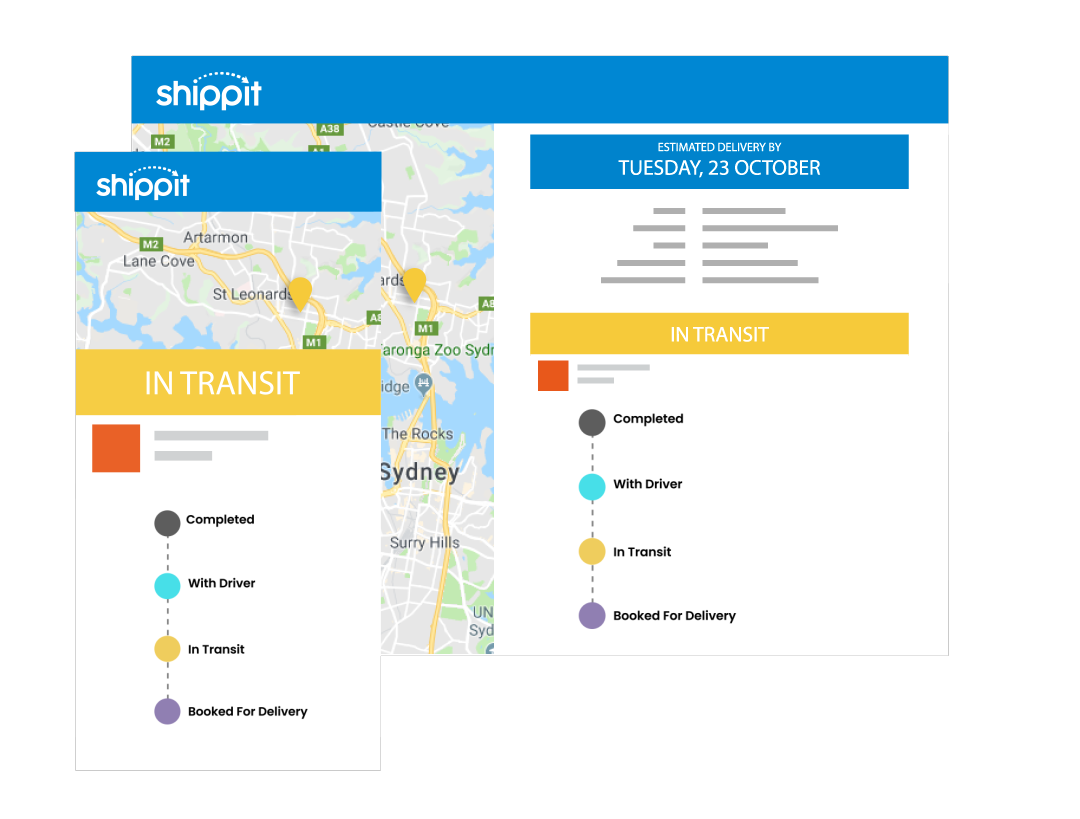It’s a new era for e-commerce. Mobile phones are shopping devices, social media has become a huge influencer for purchases, and consumer demands for faster, better service are on the rise. This ever-changing marketplace presents new opportunities for savvy retailers willing to stay agile and adjust their strategy as needed. Luckily for you, we’ve compiled five of the key e-commerce trends you should focus on in 2018.
1. Email is (practically) everything
Sure, social media is sexy, but according to the research, email gets the job done. Email campaigns have been shown to drive more revenue than all social networks combined. What’s more, these customers are three times more likely to purchase at a value 17% higher than other methods. Email campaigns are incredibly efficient at driving customers to your website, and best of all it’s cheap, providing high returns for a relatively low investment of time and money.
The best way to capitalise on this trend is through secure email purchases. When customers have the ability to spend directly via your email campaign, you’ll be maximising the effect of this powerful media channel.
2. Demand for voice assistants
It’s well-known that smartphones offer voice assistants for users making various queries. This trend extends to users searching for goods online. In fact, research has shown approximately 40% of millennials have used voice assist prior to making a purchase.
The nature of most of these searches have local intent or seek answers to simple questions. Consider how a consumer would use this technology: it could be as specific as ‘Closest delivery pizza’ or as vague as ‘hottest footwear in Sydney’.
Make sure you capitalise on this usage by optimising your Google My Business listings, to ensure that your local pages have unique URLs and are indexed.
3. Creative storytelling, not traditional advertising
What’s your brand story and how will you convey this to your customers? These days, straight ads have been replaced by live video, Instagram stories, and enlisting influencers with massive followings to endorse your products. Friends also play a crucial role in what consumers buy, as most people prefer to hear the assessment of a product from a person over a company. Case in point: in Nielsen’s Global Trust in Advertising Survey, 88% of consumers across southeast Asia said that they placed the highest level of trust in word-of-mouth recommendations from people they knew.
Personalisation is also not to be overlooked. The historical data of a buyer’s interactions allows you to cater an experience for them. You can show them their favourite brands that you carry, for example, or new products from a label they’ve purchased from before. You want your website to act less like a shelf, and more like an online concierge.
4. Investing in Customer Loyalty
While online shoppers are more fickle about prices and discounts, they are no less loyal. Over 70% of online shoppers belong to a loyalty or frequent buyer program. Customer loyalty is critical to a business’ success as research shows that return purchasers are likely to spend three times as much as first-time shoppers.
But try not to be too narrow in your thinking. Retailers often equate a retention strategy with a loyalty program based on points, discounts and other monetary rewards. Authentic customer loyalty starts with an understanding of what really matters to its customers – improving shipping and delivery time and implementing a liberal return policy are just some of the ways retailers can win over repeat customers who believe in the brand.
Whether you are B2B or B2C, ensuring customers are engaged with your product will ensure retention and increase transactions.
5. The rise of chatbots
While chatbots aren’t new to the scene, they are poised to become more important in the coming year. As a customer service solution, they help to answer simple questions instantaneously and thus are more cost-effective than a full staff of customer service reps answering queries round the clock and in real-time. When it comes to scaling, they cannot be beaten. A bot can interact with countless customers all at once. If your concerned shoppers are skeptical of the automated helpers, know that ¾ of Australians surveyed said they’d prefer talking to a customer service bot for simple tasks.
Millennials are the fastest adopters of chatbots, with almost 60% having already used them and 71% saying they would like to try one. It’s predicted bots will come to the forefront this year as businesses operate them through Facebook Messenger-type apps to draw customers in with relevant content, product suggestions and exciting limited-time offers.
Summing up
In order to maximise your online presence, you need to understand customer preferences and what motivates today’s tech-savvy consumers. Determine how and where your shoppers are researching and optimise that experience by investing in channels that reward these behaviours. Finally, you need to monitor and evaluate how well your channels are performing in order to make improvements or adjustments as needed.
Remember, with the increasing integration of the online world into the real one, there is nowhere for e-commerce to go but up. Making sure you’re open to these new opportunities is key to your continued success in 2018.
Shippit.com is the shipping engine for modern retail. Learn more about our how our software can save you time, money and keep your customers happy this year.

